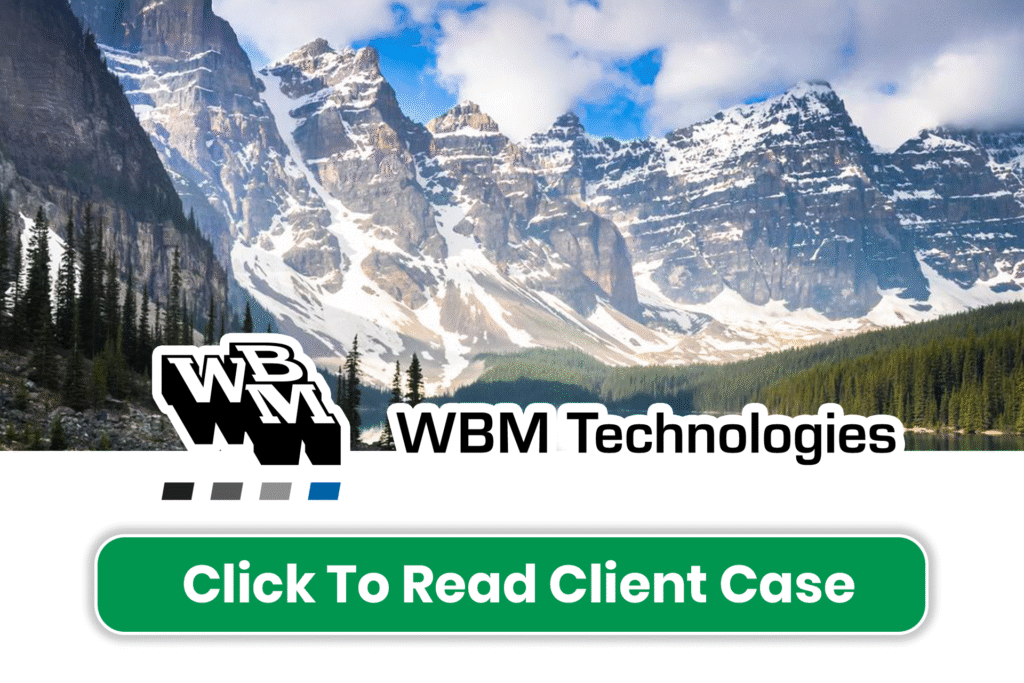Every business aims to turn prospects into paying customers. The process of converting leads into sales is commonly known as sales conversion. In simple terms, it refers to the number of prospects who take the desired action resulting in a sale.
Effective sales conversion is essential for the growth and success of any business. A high conversion rate translates into more sales and more revenue. To achieve this, a comprehensive business strategy is required.
In this section, we will explore what sales conversion really means and how it can revolutionize your approach to turning prospects into customers. Through understanding the concept of sales conversion, you can implement strategic steps to drive your business growth.
Key Takeaways:
- Sales conversion refers to the process of turning leads into sales.
- A high conversion rate is essential for business growth and success.
- Effective sales conversion requires a comprehensive business strategy.
- Understanding the concept of sales conversion can provide a strategic advantage.
- Conversion optimization can lead to increased sales revenue.
Understanding Sales Conversion
As a business owner, it’s crucial to understand the process of converting prospects into customers, commonly referred to as sales conversion. This process involves a series of steps that transform the interest of a potential customer into an actual sale.
The journey from prospect to customer consists of several key factors that directly impact the success of your conversion efforts. These factors include everything from the initial lead generation to the ongoing support provided to customers post-sale.
At the heart of the matter, sales conversion is an essential component of driving business growth. By improving your sales conversion rates, you can generate more revenue, deepen customer relationships, and gain valuable insights into your business’s strengths and weaknesses.
The Sales Conversion Process
Let’s take a closer look at the process of sales conversion. While each industry and business may have unique methods and approaches, the essential elements remain the same.
| Stage | Description |
|---|---|
| Lead Generation | Attracting potential customers through marketing efforts such as advertising, social media, or email marketing campaigns. |
| Qualification | Evaluating leads to determine if they meet your target customer profile and are qualified to move to the next stage of the sales process. |
| Needs Analysis | Understanding the customer’s needs, challenges, and goals to identify how your product or service can meet their unique requirements. |
| Solution Presentation | Presenting a customized solution to the customer that addresses their specific needs and goals. |
| Objection Handling | Addressing any concerns or objections the customer may have about the product or service, and providing additional information or resources as needed. |
| Close | Asking for the sale and guiding the customer through the purchase process. |
| Support | Providing ongoing support to ensure customer satisfaction and loyalty. |
By understanding the sales conversion process, you can identify the areas where your business may be falling short and optimize your approach for better results.
Factors Influencing Sales Conversion
The success of your sales conversion relies heavily on the implementation of several key factors. These elements work synergistically to encourage prospective customers to convert into loyal buyers.
Effective Marketing Strategies
Marketing strategies are the backbone of your sales conversion. By targeting your audience with the right message, in the right place, and at the right time, you can stimulate their interest and entice them to take action.
Tip: Utilize data-driven marketing to develop targeted campaigns that speak directly to your audience’s needs and desires.
Persuasive Communication
Beyond just marketing, persuasive communication plays a crucial role in converting leads to customers. Your ability to present your product or service in a compelling way and address any questions or concerns a prospect may have will determine whether they click ‘purchase’ or not.
Customer Experience
Your customer’s experience with your brand can also have a significant impact on their decision to convert. From a user-friendly website to prompt follow-up, delivering a seamless and positive experience can be the difference between a one-time sale and a loyal customer.
The Power of Social Proof
Social proof, such as customer reviews or endorsements from industry experts, can sway a prospect towards making a purchase. By providing testimonials or showcasing positive feedback, you can strengthen consumer trust and build credibility for your brand.
Tip: Optimize your website with customer reviews and ratings to increase the likelihood of a conversion.
Strategies for Improving Sales Conversion
Improving your sales conversion rates involves implementing targeted strategies that address the specific needs and preferences of your target audience. Here are some proven techniques that can help:
Create Compelling Sales Messages
Your sales message is what captures the attention of potential customers and convinces them to take action. To improve your sales conversion rates, focus on creating messages that are clear, persuasive, and relevant to your audience. Use language that resonates with their pain points, needs, and desires, and highlight the unique selling points of your product or service.
Implement Targeted Marketing Campaigns
To increase your chances of converting prospects into customers, it’s essential to tailor your marketing campaigns to specific segments of your audience. By using targeted messaging and personalized content, you can create a stronger connection with your audience and increase the likelihood of a successful conversion. Consider using email marketing, social media advertising, and other tactics to reach your target audience effectively.
Optimize Website Design and User Experience
Your website plays a crucial role in determining whether potential customers will take action or navigate away from your site. To improve your sales conversion rates, ensure your website is visually appealing, easy to navigate, and provides a seamless user experience. Use high-quality images and videos, optimize your site’s loading speed, and make it mobile-friendly to appeal to a wider audience.
Leverage Data Analytics
Data analytics is an essential tool for understanding your audience and identifying areas for improvement in your sales conversion process. By tracking important metrics such as bounce rates, click-through rates, and conversion rates, you can gain valuable insights into the effectiveness of your strategies and make data-driven decisions to optimize your approach.
By implementing these strategies, you can enhance your sales conversion rates and drive business success. Remember to measure your progress regularly and adjust your approach as needed to ensure continued growth and success.












